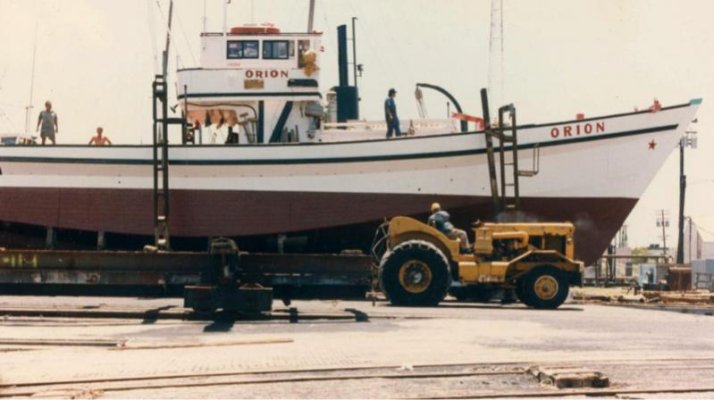"Also - in average-good conditions, the same planing hull has less roll traveling at speed than a displacement hull traveling at 6-8 knots."
The problem is All boats roll , the shape of the hull will determine weather the boat is a bard bucket.
Roll which is soft (tho perhaps further ) when it checks and reverses direction is the easiest to live with.
A box bottom or hard chines is great at the slip , but underway the corners stop the roll much harder with a sharp quick motion.
BARF, BARF, BARF,
A really skinney hard chined boat might do this less , but few are that skinny.
YRMV

 :lol:
:lol:






